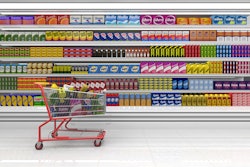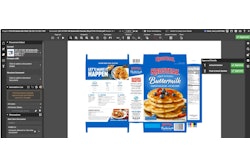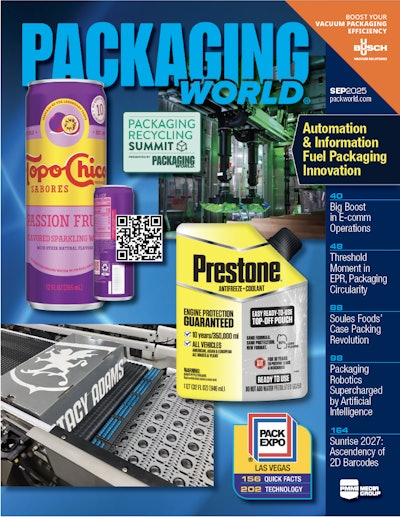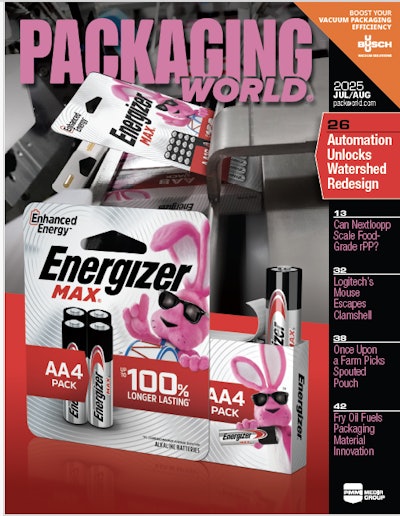Each of these roles has distinctly different goals in the journey to getting packaging on the shelf. These goals can sometimes seemingly conflict with one another. The best color management strategies are both effective and efficient for all parties that engage packaging development.
Let’s look at each of these roles.
Package designer: It’s your job to create packaging that meets the design brief and pleases not just the brand owner, but ultimately the consumer. Initially, the methodology is purely in the computer environment, likely using three-dimensional renders to sell in multiple design styles early in the process. At this point, color management is not really that important. Or is it?
Color strategy must be part of the design conversation to establish the ideal color aim, if it does not already exist. This aim will follow the design from your hands though the commercialization process that you may or may not have the ability to impact. A strong color management strategy at this stage will minimize compromise on color.
How about color specification guides? Guides can be useful when specifying color, but they are not a standard, considering the books are different when shipped, and show wear and tear from handling and age. They are great for designers but can add to variable results when printing.
Object color aim can only become a print standard if the brand owner agrees early on that the physical guidebook chip will be only a starting point and understands that the final color will be the printed component.
Packaging buyer: Finding suppliers who can print to the specification and deliver value and on-time deliveries to your production site can be a challenge. The best suppliers have a strong color management program and follow it consistently. Make sure color management discussion and process is baked into supplier onboarding activities!
The best suppliers understand color management using modern peer-reviewed strategies. Many suppliers claim to be certified (IE. ISO, or G7), but it is important that the right people within organizations purchase, read, and understand peer-reviewed documents. It is critical to have alignment to which guideline documents will be consistently followed.
Packaging engineer: It’s your job to engineer packaging and create a specification with the right structure, materials, adhesives, and coatings to successfully run down a production line. Consider that color management is important to engineering; a good example is defining color using full spectrum color-exchange format spectral curve (Cxf) data over loosely defined color chips.
In addition, consider that engineering materials, embossing, inks, foils, print process, and varnishes are all elements that can impact color. Perform line trials using printed components with artwork that is as close to the finished piece as possible to avoid risks that may impact color, and then share the trial results with the brand owner.
Packaging supplier: Suppliers who successfully manage color have less internal downtime on changeover and deliver more consistent packaging, which positively impacts the bottom line. Make sure to understand the package design intent and impact of color.
If, as a printer or packaging supplier, you take the time to focus on color management, you will become a top ten printer in your category. As a supplier, it is important to have alignment between ink, print quality teams, and your customer, educating both internally and externally on what good color management is.
Consistent packaging is a key element to brand equity because consumers do not have visibility to the print standard. It’s not something you will get consumer calls over, either. Inconsistent packaging erodes brand equity and consumer confidence.
Spend a little time and consider that deliberate and thoughtful color management is important to successful packaging development from all perspectives. It will help you in your journey to create great packaging and you will experience less delay and compromises. Doing so is both effective and efficient.
It is [major spirits brand] Diageo North America’s graphics commercialization strategy to educate all internal and external groups on color management and define open peer-review standard operating procedures, while aligning key stakeholders on the same concepts.
The author, Barry Sanel, is Senior Graphics Services Manager at Diageo. Read Sanel’s additional thoughts on color management in a longer version of this article at pwgo.to/5568. For more information on IoPP, visit www.iopp.org.


























